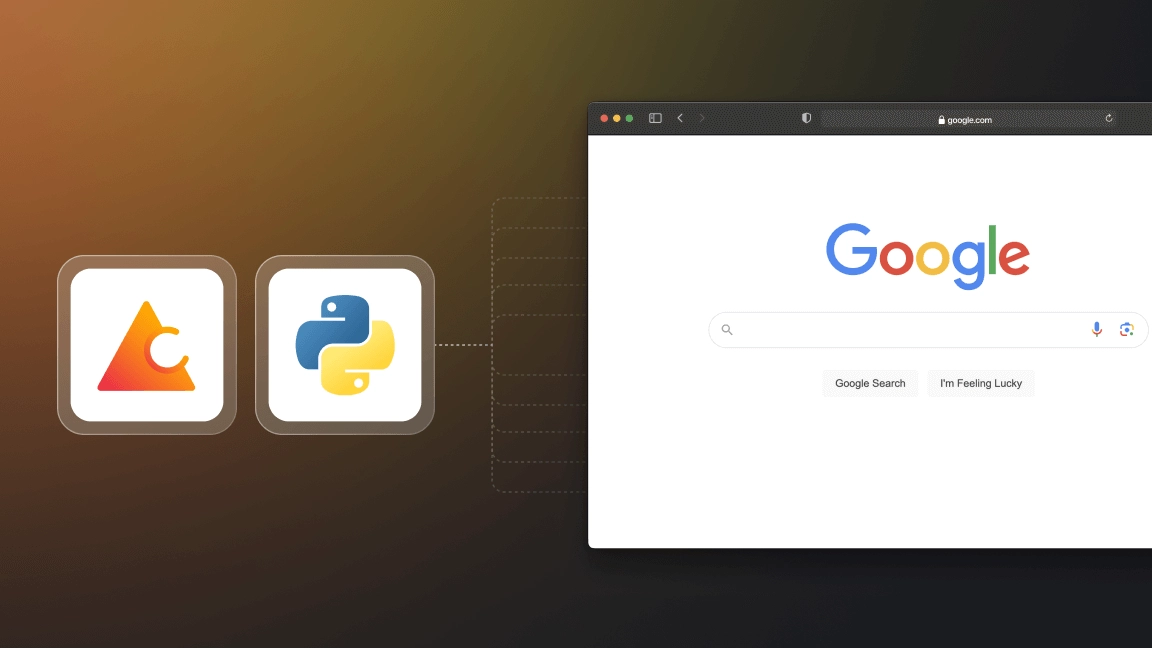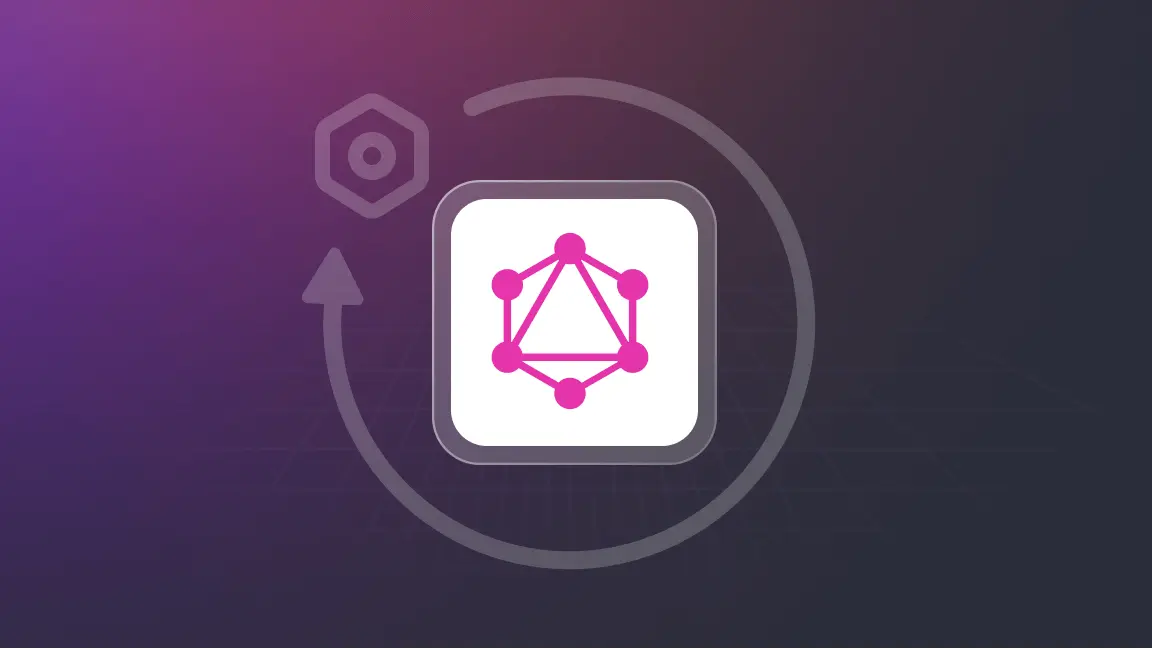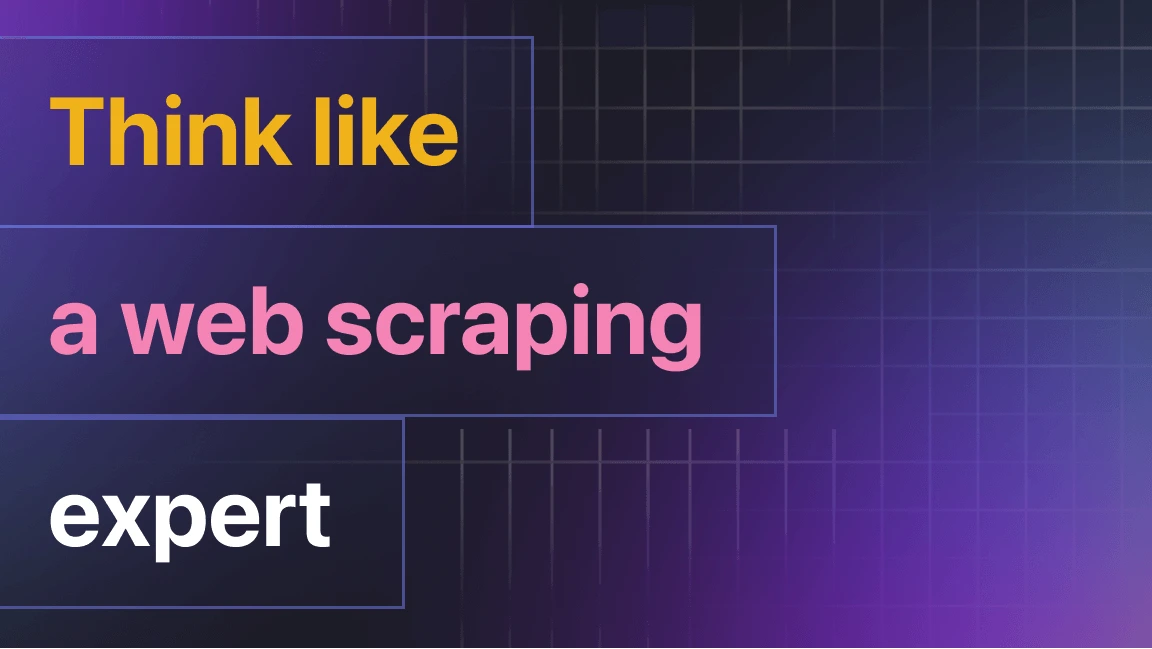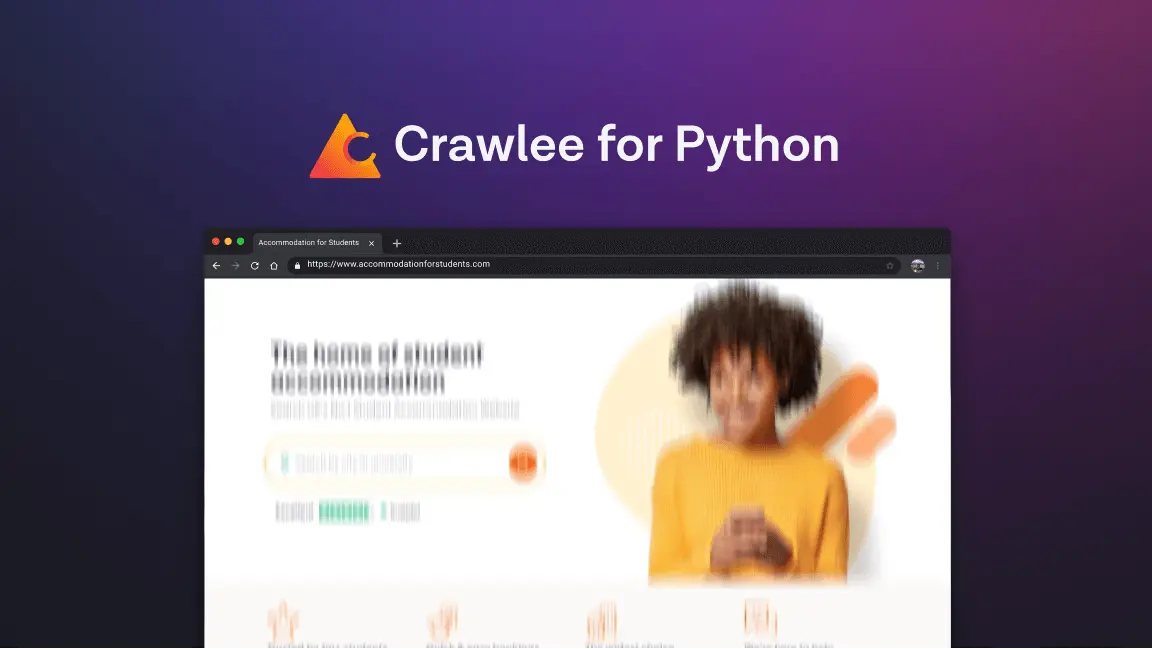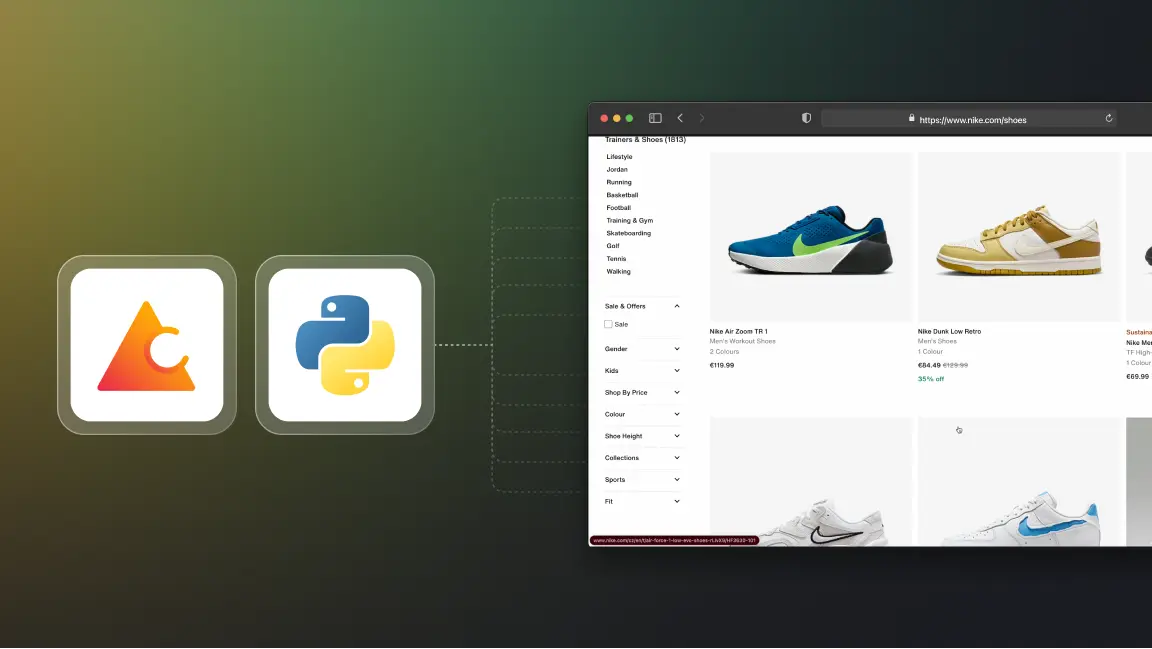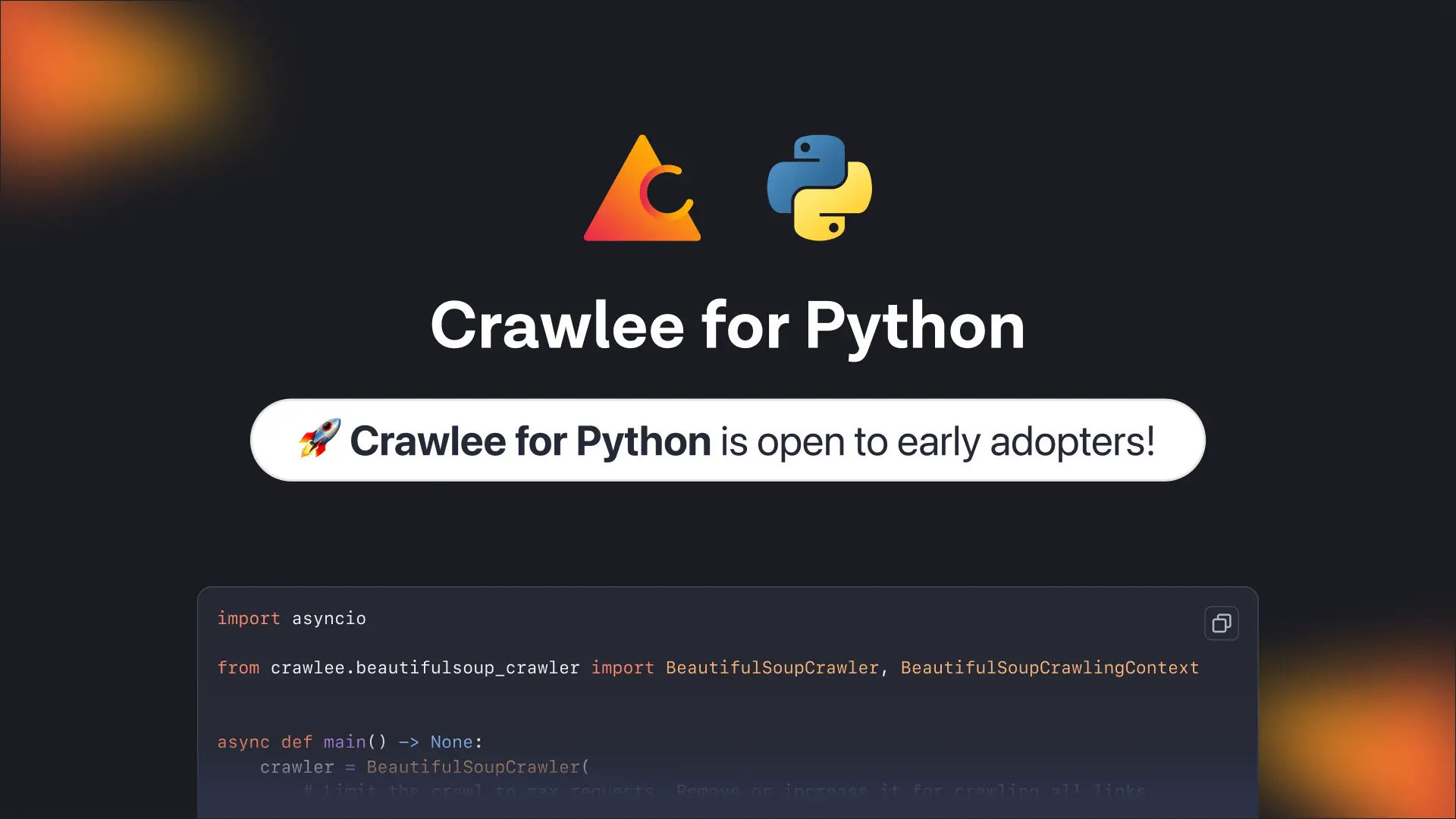How to scrape Google search results with Python
Scraping Google Search delivers essential SERP analysis, SEO optimization, and data collection capabilities. Modern scraping tools make this process faster and more reliable.
One of our community members wrote this blog as a contribution to the Crawlee Blog. If you would like to contribute blogs like these to Crawlee Blog, please reach out to us on our discord channel.
In this guide, we'll create a Google Search scraper using Crawlee for Python that can handle result ranking and pagination.
We'll create a scraper that:
- Extracts titles, URLs, and descriptions from search results
- Handles multiple search queries
- Tracks ranking positions
- Processes multiple result pages
- Saves data in a structured format
